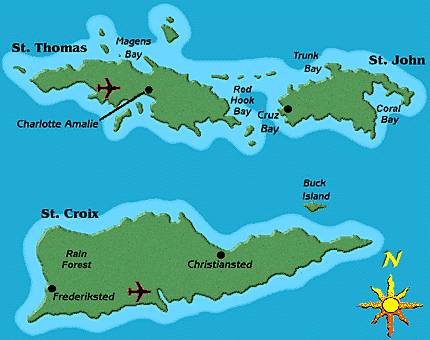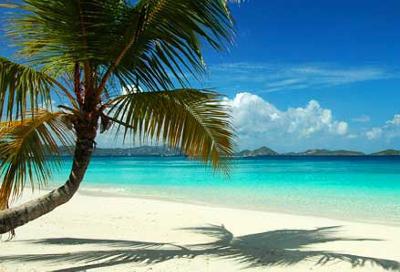History of Pusser's Rum
For well over 300 years, Great Britain's Royal Navy issued a daily "tot" of Pusser's Rum to the crews of their ships - and always a double issue before battle and after victory! First introduced into the Navy in 1655 as a substitute for beer, by 1731, it was in general use.
And the name Pusser's? Nothing more than a corruption of the word "purser". On board ship, the purser was responsible for ship's stores - including the rum. Everything that came from the purser was called "Pusser's" -- and still is today. Hence the name Pusser's Rum!
The history of rum in Great Britain's Royal Navy was largely that of social change, both in England and the Royal Navy. From 1650 throughout the 18th century, shipboard life was incredibly difficult. The daily issue of Pusser's Rum was the highlight of the day. Then, too in those days, battles were fought "eyeball-to-eyeball". The mental alertness and courage required to pack a cannonball into a muzzle loader were far different from that required to operate the modern weapon systems of today. Thus in 1970, the Admiralty Board decreed that there was no place for the daily issue of rum in a modern navy, and so ended the daily issue of Pusser's Rum in the Royal Navy on July31st,1970. This date since then, is referred to "Black Tot Day". The rum issue, one of the longest and unbroken traditions in seafaring history, ended as the last tot of Pusser's was drunk on board Their Majesties Ships. "Round the world" in every ship of the Navy, glasses were raised in their final salute. 'The Queen'!", they said, and it's no exaggeration to say that at that moment many a strong man shed a tear at the passing of a tradition so old and fine, that was to be no more.
On the Origin of "Grog" and Vernon's Orders

Over the centuries, the amount of rum changed from time to time. Prior to 1740, Pusser's Rum was issued to the men neat, that is without water. They received 1/2-pint twice daily! Admiral Vernon (pictured at right), the hero of Portobello and the Commander-in-Chief, West Indies Station was very much concerned with what he called the swinish vice of drunkenness which he believed was caused by the men drinking their daily allowance of rum neat, that is without water. He believed that if the same amount of rum was mixed with water, and then consumed that it would reduce drunkenness and discipline problems for which the punishment could be brutal. Thus he issued his infamous Order to Captains No. 349 on August 21, 1740. His order stated that the daily allowance of rum "be every day mixed with the proportion of a quart of water to a half pint of rum, to be mixed in a scuttled butt kept for that purpose, and to be done upon the deck, and in the presence of the Lieutenant of the Watch who is to take particular care to see that the men are not defrauded in having their full allowance of rum... and let those that are good husband men receive extra lime juice and sugar that it be made more palatable to them."
The sailors, or "Jack Tars" had affectionately nicknamed Admiral Vernon "Old Grog" from the "grogram" cloak he often wore on the quarter deck. The watered rum gave great offence to the men, and soon they began referring to it contemptuously as "Grog" from the name they'd already provided Admiral Vernon. Thus, true Grog is Pusser's Rum and water with lime juice and sugar!
The "scuttled butt" in Vernon's Order eventually became the "Grog Tub" from which the daily Grog was issued. Petty Officers received their Pusser's Rum 'neat' directly from the Spirit Room at 1100 hours daily when the bos'n piped "Up Spirits!" to herald the event. The issue of Grog to the rest of the sailors followed one hour later.
Changes in the Issue
The ration - or tot - was later increased to two parts water and one part rum, and in 1756, the daily ration of Pusser's Rum was increased to one pint per day, per man. Finally, just before the tot ritual ended in 1970, it was reduced to one-eighth pint.
Over the more than 300 years that Pusser's Rum was issued on board ships of the Royal Navy, a whole litany of special terminology grew up around it. (see Pusser's Folklore). Pusser's Rum became a form of currency, a way to pay off old debts or to reward a shipmate for a favor. Even card games were played for rum. Pusser's Rum had a value that was defined by such terms as "a wet", "sipper", "gulper" and "sandy bottoms", all used to define the amount.
Stalwart men, like Chief Petty Officer Frank Reynolds (pictured on the right) kept the vital sea lanes open during the Battle of the Atlantic of World War II. The highlight of each man's day was the issue of their daily tot of Pusser's Rum. When the Royal Navy finally abolished the rum issue, many of the old salts took early retirement and never returned.
The Pusser's Rum tradition is still alive. In 1979, Charles Tobias–entrepreneur, global sailor, raconteur–sought to resurrect the Pusser's Rum tradition. He obtained the rights and all the blending information from the Admiralty, and formed Pusser's Ltd. on Tortola in the British Virgin Islands and began bottling and selling this storied spirit in 1980 to the public for the first time. (Prior to then, it was restricted to the Royal Navy). British Navy Pusser's Rum is the same Admiralty blend of five West Indian rums as issued on board British warships, and it is with the Admiralty's blessing and approval that Pusser's is now available to the consumer.
The Royal Navy Sailor's Fund, a naval charity more commonly called the "Tot Fund" receives a substantial donation from the sale of each bottle of British Navy Pusser's Rum. Aside from the fund's original bequest, the Pusser's contribution has become the fund's largest source of income


















 Snorkel @ Christmas Cove Wildlife Sanctuary
Snorkel @ Christmas Cove Wildlife Sanctuary







